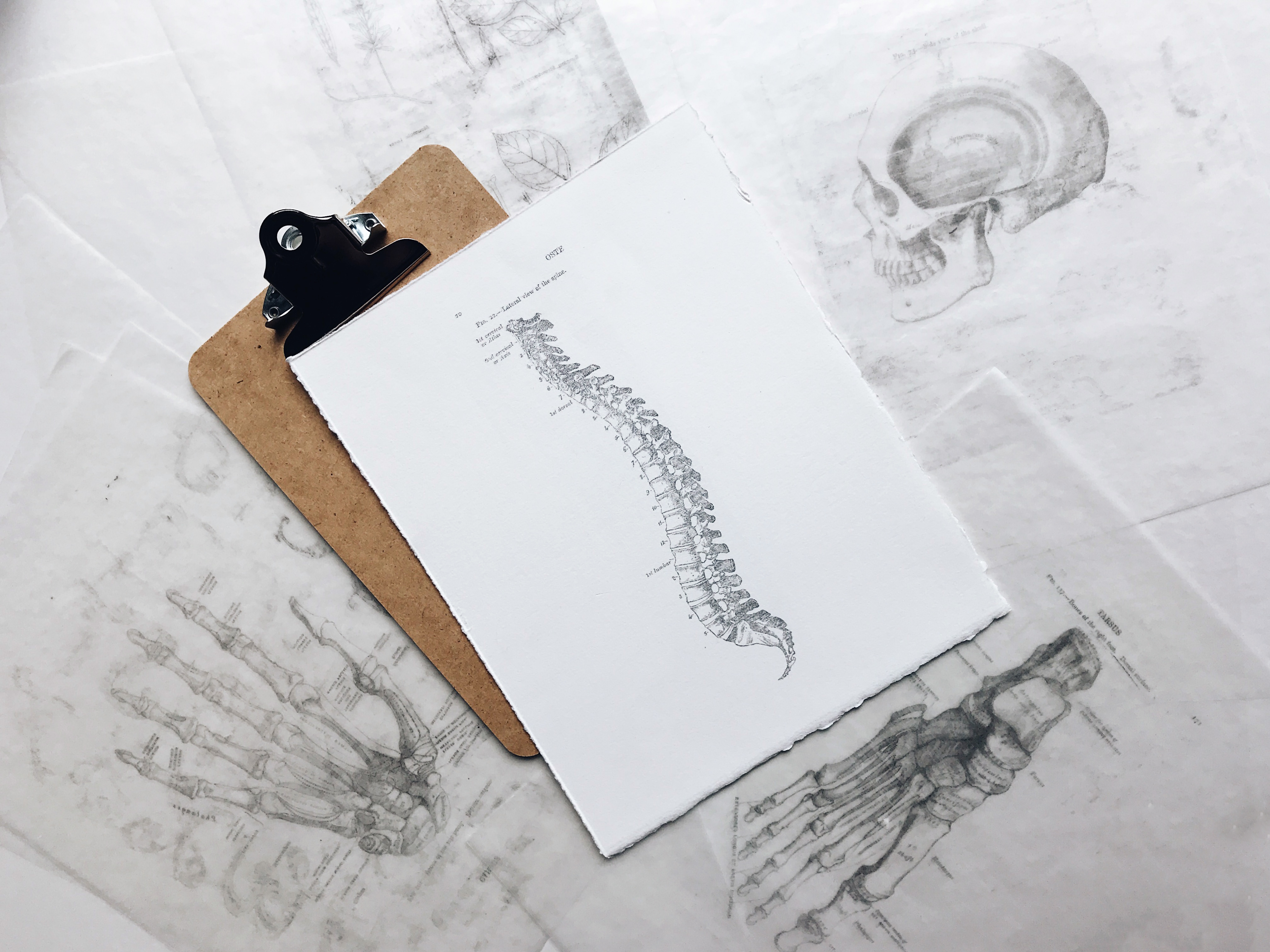Medical Malpractice Recoveries are Increasing

By Larry Bodine, Publications Director, The National Trial Lawyers
In a positive trend for consumers, medical malpractice case recoveries increased nationwide in 2013, according to data collected by the federal government. It marked the first increase in 10 years, as recorded by the U.S. Health Resources and Services Administration. The data signals a trend that the anti-consumer movement known as tort reform is failing.
According to a new ruling by the Florida Supreme Court, tort reform was exposed as a scheme in state legislatures designed to enrich insurance companies at the expense of patients who were permanently injured by negligent doctors. State legislators created a bogus medical malpractice crisis to justify laws that place statutory caps on noneconomic damages, such as pain and suffering, physical impairment, mental anguish and loss of capacity for enjoyment of life.
Malpractice Payouts Up Locally
In terms of actual dollars paid to injured patients, the overall increase was 4.7 percent last year. Recoveries for negligent medical care increased in Virginia and Maryland in 2013 as well. While DC did not see an increase, it is among the top 10 jurisdictions in terms of medical malpractice recoveries, according to an analysis by Diederich Healthcare. Locally, the total medical malpractice payouts for 2013 are as follows:
- Maryland – 395 payouts averaging $258,629
- Virginia – 189 payouts averaging $423,070
- DC – 23 payouts averaging $320,380
It may surprise consumers to know that lawyers negotiated 96 percent of all the medical malpractice payments through out-of-court settlements, as opposed to taking cases to court and obtaining a judgment. For consumers, this means a quick, smooth, and full recovery without the stress of a trial. Misdiagnosis of a medical condition was the most common basis for a medical malpractice recovery, accounting for 33 percent of all payouts. In other medical malpractice recoveries, the negligence by a medical professional involved:
- 23% – botched surgery
- 18% – mistakes in general treatment
- 10% – obstetrics errors
- 5% – negligence in prescribing medication
- 5% – mishandled anesthesia
- 4% – failure to monitor a patient properly
- 2% – equipment malfunctions
Not all medical mistakes are malpractice. It takes an attorney who deals with serious injuries to distinguish between a bad result and medical negligence. Medical malpractice occurs when a healthcare provider (a) causes harm to a patient and (b) violates the applicable standard of care. Providers that owe consumers a “standard of care” by law include physicians, nurses, clinical social workers, psychologists, therapists, dentists, chiropractors, optometrists, and pharmacists, for example.
Harmful Tort Reform Laws
Pursuing a medical malpractice claim can be very difficult. These recoveries for injured patients were made despite tort reform laws in Maryland and Virginia that set artificial limits on jury awards in a medical malpractice case.
The tide is turning against these cruel state laws. For example, the Florida Supreme Court said in March 2014 that the damage caps unfairly singled out victims of medical negligence by capping their damage recoveries. It struck down the state’s ceiling on recoveries in cases where a patient died due to medical malpractice, saying it was “invidious discrimination.”
Further, and as I noted in my previous writing on this topic for The National Trial Lawyers’ online publication, the court said that there was no evidence of an increase in frivolous lawsuits or excessive jury verdicts in Florida. The existence of a medical malpractice crisis was “dubious and questionable the very best,” the court said.
Larry Bodine is a lawyer, journalist and marketer who speaks and writes frequently about law firm marketing. Currently he is the publisher of the National Trial Lawyers and is the former Editor in Chief of Lawyers.com. Readers can follow @Larrybodine on Twitter, on Google+ and on LinkedIn, where he moderates several law-related groups.













